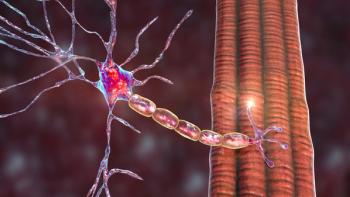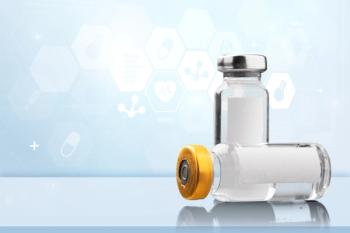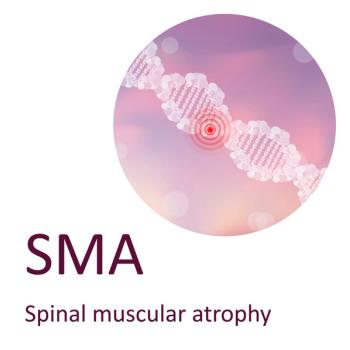
Study Looks At Novel Administration of Spinraza
A new method for delivering this treatment drug for spinal muscular atrophy offers an option for patients with advanced cases of the disease. But investigators found that the new method may also carry risks of mechanical failure and infection.
Children with advanced spinal muscular atrophy (SMA) may have spinal deformities that may make treatment with Spinraza (nusinersen) challenging. Biogen/Ionis’ Spinraza, which was
Spinraza is an antisense oligonucleotide that targets SMN2 gene and aims to increase production of the full-length survival motor neuron (SMN) protein. SMA is a rare,
Investigators studied a new delivery method — a system that combines an intrathecal catheter and implantable infusion port –– to access the spinal canal in 17 patients, according to a recent
But investigators found that, although the device allowed Spinraza to be administered safely in an outpatient setting, patients experienced complications related to the administration device. In fact, all 14 treatment-related adverse events were attributable to the device and not Spinraza.
Device complications prompted five outpatient surgical revisions among four patients, including four occlusions of the intrathecal catheter and one fracture of the catheter at the injection port. The device was removed in one patient who developed a staph infection.
Investigators evaluated efficacy in separate cohort of 11 patients. All patients in this cohort reported one or more improvements in speech (25%), neck and head control (42%), arm strength (42%), physical endurance (58%), and/or hand use for activities such as handwriting, typing, or maneuvering a power wheelchair.
“Administration of nusinersen by indwelling subcutaneous intrathecal catheter (SIC) or lumbar puncture results in similar concentrations of nusinersen in CSF sampled from the lumbar level. However, the SIC requires surgical implantation under general anesthesia, and like any indwelling device that is accessed repeatedly, is subject to mechanical failures and infections,” the investigators wrote.
“For SMA patients with advanced disease, these various risks can be balanced against an expectation of small but functionally meaningful improvements of upper limb and hand function,” they added.
The FDA has approved two additional novel, targeted therapies for SMA, Novartis’ Zolgensma (onasemnogene abeparvovec-xioi) and Roche’s Evrysdi (risdiplam).
Newsletter
Get the latest industry news, event updates, and more from Managed healthcare Executive.





















































